essays on jazz musicians and jazz history
This latest addition to the distinguished Oxford Companion series comes with an encomium from record producer George Avakian: “No book on jazz has ever attempted the scope of this monumental collection of 60 studies by 59 writers. [It] is both a reference work for the scholar and a rewarding book to be dipped into by the casual reader.” Edited by composer, educator, and saxophonist Bill Kirchner, The Oxford Companion to Jazz is both impressive and slightly disappointing.
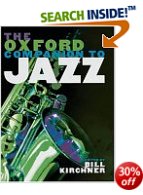 The essays are uneven in quality, there are several typographical errors, some of the black and white photographs are poorly reproduced, there are no ‘Notes on Contributors’, and the eye-straining ‘Selected Bibliography’ and ‘Index of Names and Subjects’ are not accompanied by a discography – although several essays are, in effect, record reviews. But this stout Companion has more strengths than weaknesses, and is a valuable addition to jazz literature. Kirchner’s contributors include such notable critics and musicians as Dan Morgernstern, Gunther Schuller, Patricia Willard, Bill Crow, Digby Fairweather, and Richard M. Sudhalter. There are also essays from Loren Schoenberg, Dick Katz, Mike Zwerin, Lewis Porter, Brian Priestly, Will Friedwall, Scott De Veaux, Max Harrison and Ted Gioia.
The essays are uneven in quality, there are several typographical errors, some of the black and white photographs are poorly reproduced, there are no ‘Notes on Contributors’, and the eye-straining ‘Selected Bibliography’ and ‘Index of Names and Subjects’ are not accompanied by a discography – although several essays are, in effect, record reviews. But this stout Companion has more strengths than weaknesses, and is a valuable addition to jazz literature. Kirchner’s contributors include such notable critics and musicians as Dan Morgernstern, Gunther Schuller, Patricia Willard, Bill Crow, Digby Fairweather, and Richard M. Sudhalter. There are also essays from Loren Schoenberg, Dick Katz, Mike Zwerin, Lewis Porter, Brian Priestly, Will Friedwall, Scott De Veaux, Max Harrison and Ted Gioia.
The topics covered range from ‘African Roots of Jazz’ (Samuel A. Floyd, Jr.) and ‘European Roots of Jazz’ (William H. Youngren) – which present two opposing views of the same topic. Extended essays also cover such neglected subjects as ‘The Jazz Age, Appearances and Realities’ and ‘Big Bands and Jazz Composing and Arranging after World War II’.
There are chapters dealing with jazz styles – such as ragtime, swing, bop (an excellent piece by De Veaux), third stream, and fusion – and the locations of jazz – New Orleans, New York, California, and Kansas City. Even Europe, Japan, Canada and Australia are exhumed and examined.
Acknowledged jazz masters (and mistresses) receive individual (and sometimes overlapping) evaluations: Bessie Smith, King Oliver, Jelly Roll Morton, Sidney Bechet, Bix Beiderbecke, Duke Ellington, Coleman Hawkins, Lester Young; Ella Fitzgerald, Billie Holiday and Sarah Vaughan (in a perceptive essay by Patricia Willard). There are also chapters on the modern masters Charlie Parker, Miles Davis, Thelonious Monk, Charles Mingus, and John Coltrane – though ‘cutting edge’ instrumentalists and vocalists of the past two decades receive short (or no) shrift.
Separate entries on the instruments of jazz offer some revealing insights – Michael Ullman on the clarinet, Gunther Schuller on the trombone, Don Heckman on the saxophone, Randy Sandke on the trumpet, Bill Crow on the bass, Burt Korall on the drums, Neil Tesser on ‘The Electric Guitar and Vibraphone in Jazz: Batteries Not Included’. There are also several essays on pianists.
In one of the best essays, ‘Jazz Improvisation and Concepts of Virtuosity’, David Demsey explains that ‘in a great soloist’s repertoire, every tune is like a familiar subject of conversation: although fresh ideas are always emerging, the language needed to communicate them has a consistency for each individual.’
He then applies this observation to the recorded work of masters ranging from Louis Armstrong to Ornette Coleman. He makes a good point in his suggestion that:
It is in the solitude of the practice room – ‘the woodshed’ – where, for even the most inexperienced student and the legendary jazz master alike, the basic elements of form and harmony are ingrained, new melodies or voice-leading pathways are learned, and experiments are made in rhythmic manipulation.
The Oxford Companion to Jazz, like the music and musicians it celebrates, is hugely enjoyable but best taken in measured doses. Holding this massive tome open takes two hands. If, as the editor hopes, it also sends (or introduces) the serious or casual reader to the recorded performances of the artists discussed, so much the better.
© John White 2005
Bill Kirchner (ed), The Oxford Companion to Jazz, Oxford: Oxford University Press, 2005, pp.864, ISBN: 019512510X
More on music
More on media
More on lifestyle
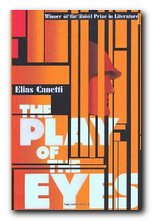
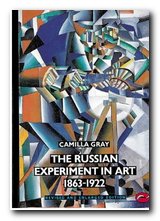

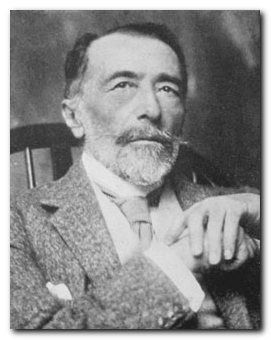

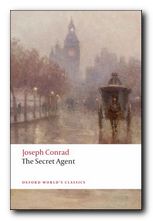
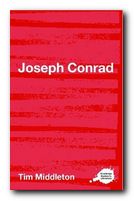 The Complete Critical Guide to Joseph Conrad is a good introduction to Conrad criticism. It includes a potted biography, an outline of the stories and novels, and pointers towards the main critical writings – from the early comments by his contemporaries to critics of the present day. Also includes a thorough bibliography which covers biography, criticism in books and articles, plus pointers towards specialist Conrad journals. These guides are very popular. Recommended.
The Complete Critical Guide to Joseph Conrad is a good introduction to Conrad criticism. It includes a potted biography, an outline of the stories and novels, and pointers towards the main critical writings – from the early comments by his contemporaries to critics of the present day. Also includes a thorough bibliography which covers biography, criticism in books and articles, plus pointers towards specialist Conrad journals. These guides are very popular. Recommended. Heart of Darkness
Heart of Darkness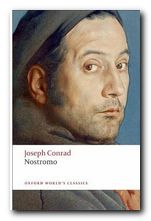 Nostromo
Nostromo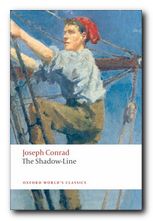

 The Cambridge Companion to Joseph Conrad
The Cambridge Companion to Joseph Conrad 
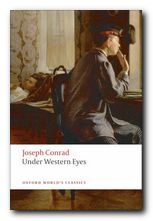 Under Western Eyes
Under Western Eyes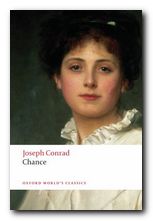 Chance
Chance

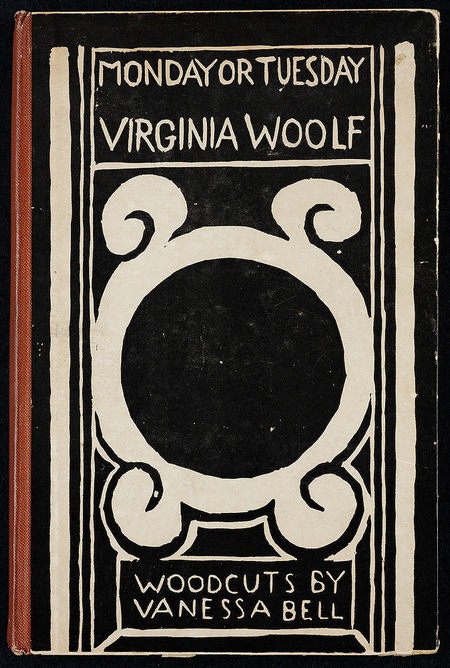
 To the Lighthouse
To the Lighthouse Orlando (1928) is one of her lesser-known novels, although it’s critical reputation has risen in recent years. It’s a delightful fantasy which features a character who changes sex part-way through the book – and lives from the sixteenth to the twentieth century. Using this device (which turns out to be strangely credible) Woolf explores issues of gender and identity as her hero-heroine moves through a variety of lives and personal adventures. Orlando starts out as an emissary to the Court of St James, lives through friendships with Swift and Alexander Pope, and ends up motoring through the west end of London on a shopping expedition in the 1920s. The character is loosely based on Vita Sackville-West, who at one time was Woolf’s lover. The novel itself was described by Nigel Nicolson (Sackville-West’s son) as ‘the longest and most charming love-letter in literature’.
Orlando (1928) is one of her lesser-known novels, although it’s critical reputation has risen in recent years. It’s a delightful fantasy which features a character who changes sex part-way through the book – and lives from the sixteenth to the twentieth century. Using this device (which turns out to be strangely credible) Woolf explores issues of gender and identity as her hero-heroine moves through a variety of lives and personal adventures. Orlando starts out as an emissary to the Court of St James, lives through friendships with Swift and Alexander Pope, and ends up motoring through the west end of London on a shopping expedition in the 1920s. The character is loosely based on Vita Sackville-West, who at one time was Woolf’s lover. The novel itself was described by Nigel Nicolson (Sackville-West’s son) as ‘the longest and most charming love-letter in literature’. Kew Gardens
Kew Gardens Virginia Woolf
Virginia Woolf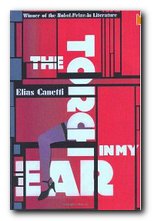
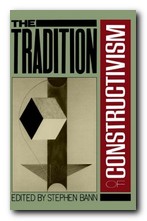
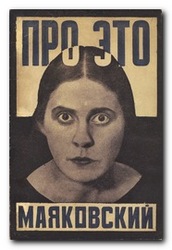 However, it should perhaps be remembered that many visual artists, from art-college onwards, come badly unstuck when it comes to expressing their ideas in words. That’s why theories of constructivism and any other movement should be founded on what is produced, not what is said. This is one of the weaknesses of extrapolating aesthetic theories from documents such as those reproduced here. Much huffing and puffing can be expended on whatever artists said about their art, rather than what they produced. But these are theories based on opinions rather than material practice.
However, it should perhaps be remembered that many visual artists, from art-college onwards, come badly unstuck when it comes to expressing their ideas in words. That’s why theories of constructivism and any other movement should be founded on what is produced, not what is said. This is one of the weaknesses of extrapolating aesthetic theories from documents such as those reproduced here. Much huffing and puffing can be expended on whatever artists said about their art, rather than what they produced. But these are theories based on opinions rather than material practice.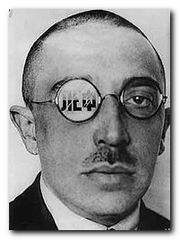 Taking a sympathetic attitude to the early efforts of these artists to develop a revolutionary approach to art, it’s interesting to note that they thought subjective individual expression ought to be replaced by collective works. They also fondly imagined that the working class would unerringly prefer the most imaginative and original works over traditional offerings. This was a period in which the term ‘easel painting’ was used in a tone of sneering contempt. The fact that they were largely ignored by the class for whom they thought they were fighting this aesthetic war in no way diminishes their achievements.
Taking a sympathetic attitude to the early efforts of these artists to develop a revolutionary approach to art, it’s interesting to note that they thought subjective individual expression ought to be replaced by collective works. They also fondly imagined that the working class would unerringly prefer the most imaginative and original works over traditional offerings. This was a period in which the term ‘easel painting’ was used in a tone of sneering contempt. The fact that they were largely ignored by the class for whom they thought they were fighting this aesthetic war in no way diminishes their achievements.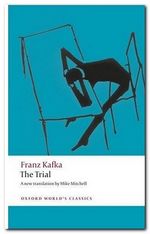
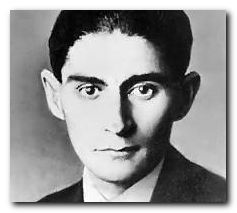
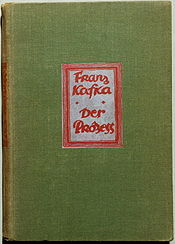 K is visited by his uncle, who is a friend of a lawyer. The uncle seems distressed by K’s predicament. At first sympathetic, he becomes concerned K is underestimating the seriousness of the case. The uncle introduces K to an advocate, who is attended by Leni, a nurse, who K’s uncle suspects is the advocate’s mistress. K. has a sexual encounter with Leni, whilst his uncle is talking with the Advocate and the Chief Clerk of the Court, much to his uncle’s anger, and to the detriment of his case.
K is visited by his uncle, who is a friend of a lawyer. The uncle seems distressed by K’s predicament. At first sympathetic, he becomes concerned K is underestimating the seriousness of the case. The uncle introduces K to an advocate, who is attended by Leni, a nurse, who K’s uncle suspects is the advocate’s mistress. K. has a sexual encounter with Leni, whilst his uncle is talking with the Advocate and the Chief Clerk of the Court, much to his uncle’s anger, and to the detriment of his case.
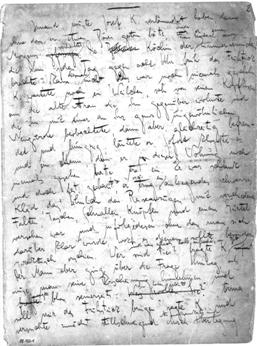
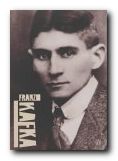 Franz Kafka: Illustrated Life This is a photographic biography that offers an intimate portrait in an attractive format. A lively text is accompanied by over 100 evocative images, many in colour and some previously unpublished. They depict the author’s world – family, friends, and artistic circle in old Prague – together with original book jackets, letters, and other ephemera. This is an excellent starting point for beginners which captures fin de siecle Europe beautifully.
Franz Kafka: Illustrated Life This is a photographic biography that offers an intimate portrait in an attractive format. A lively text is accompanied by over 100 evocative images, many in colour and some previously unpublished. They depict the author’s world – family, friends, and artistic circle in old Prague – together with original book jackets, letters, and other ephemera. This is an excellent starting point for beginners which captures fin de siecle Europe beautifully.
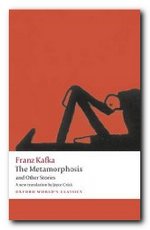 Metamorphosis
Metamorphosis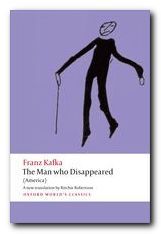 Amerika
Amerika